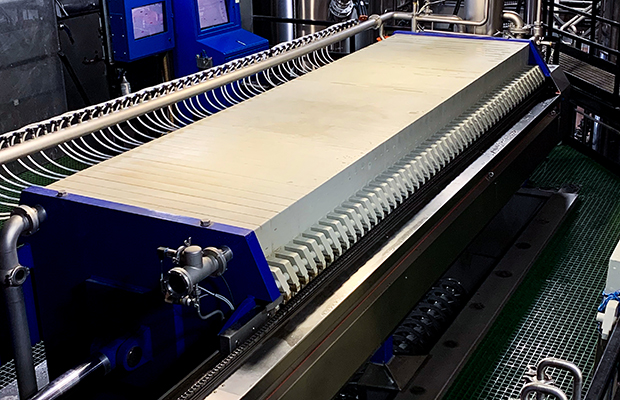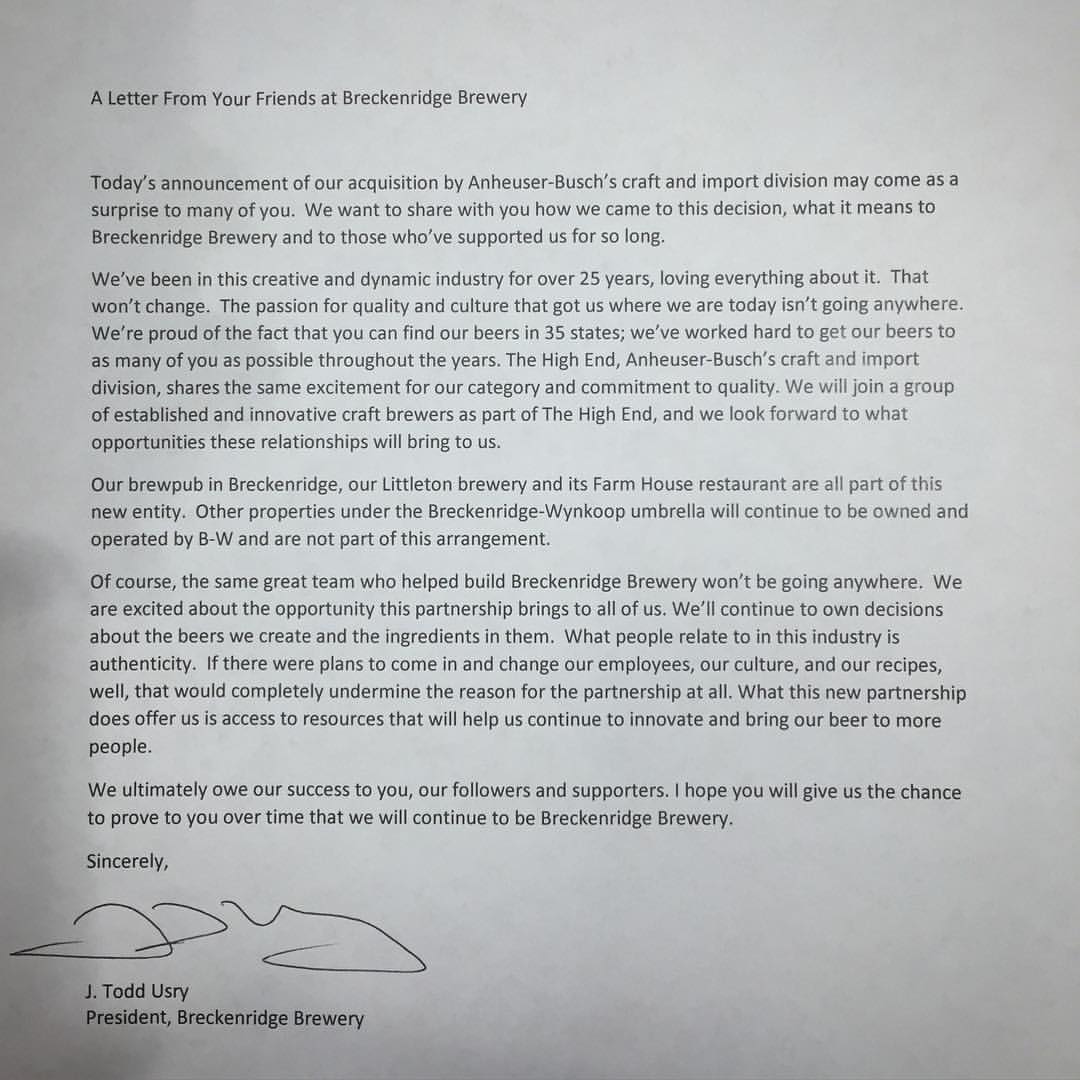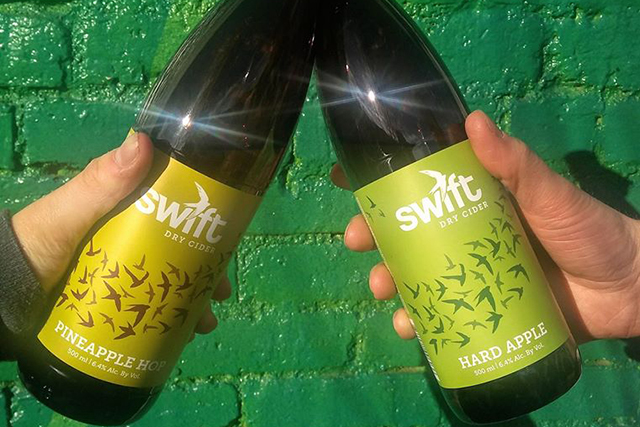
Beer has certainly come a long way since its inception. It’s one of the oldest drinks humans have produced, with evidence of production dating back to 5000 B.C. in what is modern-day Iran, and with written recipes dating back to the ancient Egyptians, circa 2250 B.C.
Ancient Mesopotamians loved and celebrated beer. They even went as far as lending it roles in their mythology and ascribing the creation of beer to the gods. When beer travelled to Ancient Egypt, it was embraced and used for religious ceremonies, while Pharaohs acted as brewmasters, directing the brewing schedule and distribution.
Though beer may not have the same religious or mythological stance that it once did, discovering craft beer could definitely be considered a rite of passage for Americans, whether they’re turning the legal age or just expanding their palates beyond macro Lagers.
As beer became a staple in the world’s culture, so did technology advances in beer-making, like vessels, sanitation process and delivery mechanisms.
Jump to 2012, and we’re well into the craft beer revolution in the U.S. with more than 2,000 craft breweries surpassing 6% volume of the US beer market, according to the Brewers Association, and the retail dollar value estimated at just over $10 billion.
That year also saw the beginning of Ska Fabricating, an innovative leg of Ska Brewing in Durango, Colorado, founded by Matt Vincent, the third partner in Durango’s largest craft brewery.
Ska Brewing began canning in 2003, and at the time, it required a very hands-on, messy operation. They could can two cans at a time by pulling them off the pallets by hand to manually fill and seam them.
The method for moving cans to the filling line involved a manual pallet lifting machine — a mobile lift with forks — coupled with broomstick pushing the cans onto a tray that funneled cans into a rinse cage
“Cans were still falling all over the place and it still required a person to stand on a ladder and push cans as the machine needed them,” Vincent said, and there was excessive loss. “It was a very inefficient process that wasted one person’s time while standing on a ladder, which is still generally unsafe.”
This went on for five years until Ska moved to a new place. One of the first areas Vincent wanted to work on was being able to move the cans to the filler more efficiently.
Vincent spoke with companies that sold large machines that could run 600 to 2,500 CPM, but the cost to modify that to Ska’s operations (30 CPM) and the additional space it would take up was more than the company could handle. So Vincent took matters into his own hands and developed a depalletizer.
“The depalletizer essentially reduces the need by one operator on the line,” Vincent said. “It also adds a level of quality control measures in that it requires a can rinser between the depalletizer and the filler.
“By eliminating the need for an operator to depalletize cans, it allows that person to focus on the can filling and seaming process. This amounts to a higher quality product with lower loss and reduces the potential for inferior products getting to the consumer.”
This technology can be great for smaller breweries because depending on the scale of the brewery, the ROI can be 1-2 years, and if a brewery plans to operate any faster than 20 CPM, then quality and labor costs would be comprised without a depalletizer.
Meanwhile North Coast Brewing Company, in Fort Bragg California, had a mash/lauter tun that simply wasn’t cutting it. Production needed to increase, and the lauter tun was undersized for North Coast’s big beers, like Old Rasputin, Brother Thelonious, and Old Stock Ale. In 2010, the brewing staff was working 24 hours, five days a week, and by 2015, production was falling short of demand. That was in spite of installing a separate mash kettle and wort kettle which shifted one function from the lauter tun.
Several years later, the brewery installed a mash filter press, a specialized plate and frame filter, which proved to be a game changer.
“From an efficiency standpoint, all aspects of wort production have improved,” said Chuck Martins, North Coast Brewmaster. “The mash filter’s ability to recover extract is remarkable.”
Martin said he believes any brewery with at least a seven-barrel brew length could take advantage of a mash filter press.
Aside from efficiency, the sustainability of the mash filter press is just another added bonus. North Coast uses 10% less water to produce a barrel of beer, and 9.5% less fuel. It now produces the same amount of wort in eight shifts as the lauter tun could working 24/7.
Martins has also seen a boost in overall morale among employees as well.
“In addition to the savings, employee satisfaction and retention have been a large benefit,” Martins said. “Moving from a very manual system to a fully automated one, makes for happy brewers. It has also given a huge boost to North Coast Brewing sustainability efforts as a certified B Corporation brewery.”
An added benefit was that there was hardly any downtime between decommissioning the old lauter tun and setting up the new equipment.
Because the mash filter press bolts together, the team was able to decommission the old lauter tun, and set up the new mash filter press in a matter of days. From the final brew in the lauter tun to assembling the mash filter press, there was only a lapse of 21 days, and that included integration and testing.






Be the first to comment